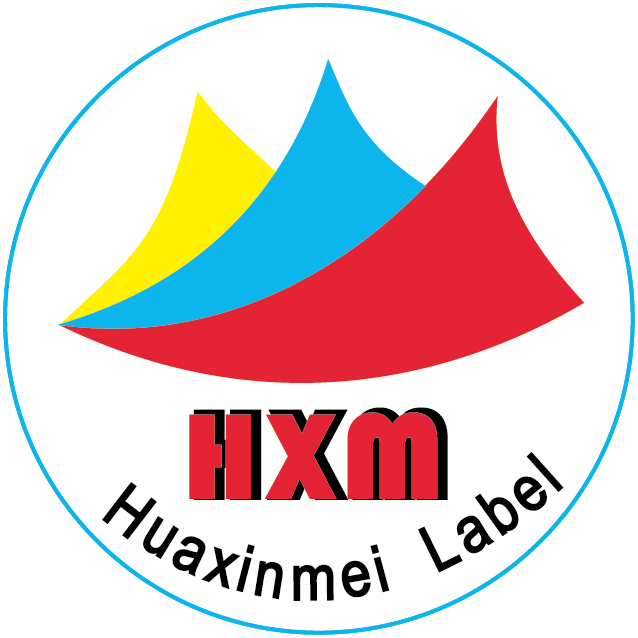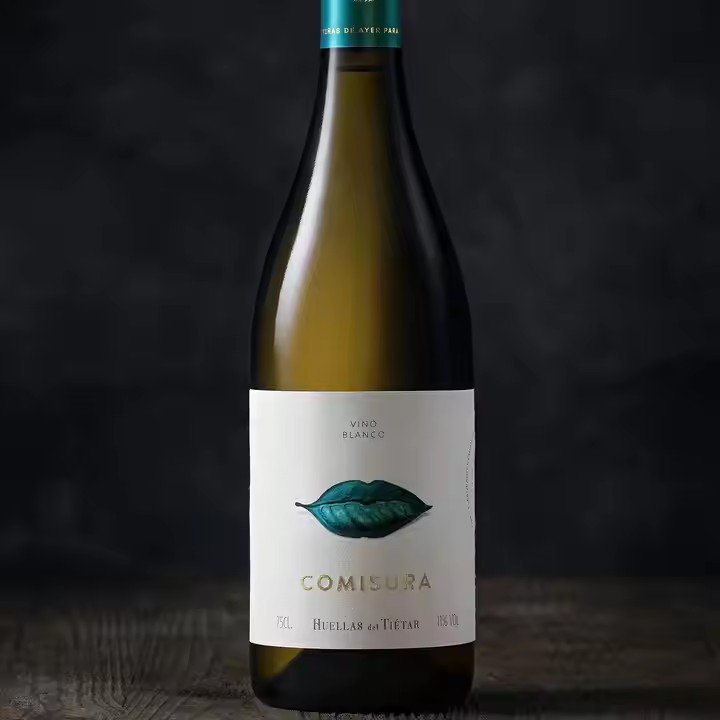I. Material Selection
- Selection of Face Materials
Paper: First of all, paper with relatively high toughness, appropriate thickness and good flexibility should be chosen. Since some labels often come into contact with water, for example, for women’s skin care products like facial cleansers, cleansing creams, and makeup removers, consumers usually touch water when using these products. Therefore, the paper for these products should be relatively tough, that is, paper that is not afraid of getting wet and has a long service life can be used for such products. There are many different types of paper, so different choices should be made according to different types.
Plastic: Materials such as polyvinyl chloride (PVC) and polyester (PET). PVC labels have good flexibility and can resist certain chemical corrosion, and are often used for labels of chemical products. PET labels have excellent mechanical properties, high strength, good wear resistance and high transparency, and are suitable for products with high requirements for label appearance and durability, such as electronic products and high-end cosmetics.
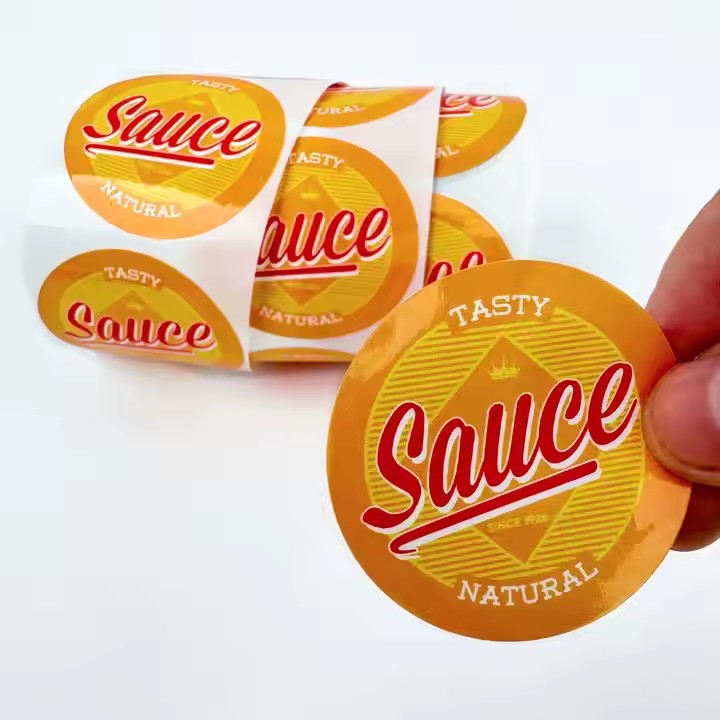
Film: Including heat transfer film, laser film, etc. Heat transfer film can firmly adhere to the product surface under high temperature and high pressure, and has high color fastness and is not easy to fade. It can be used for products that need to be preserved for a long time and have high requirements for label clarity. Laser film not only has good decorative properties, but also has good wear resistance and weather resistance, and is often used for labels of some high-end commodities to increase the visual appeal of products and the durability of labels.
Selection of Glue
Permanent Glue: For products that require labels to be pasted for a long time and not easy to fall off, permanent acrylic glue can be used. This kind of glue has strong adhesion and can be firmly pasted on the surfaces of various materials, such as metal, plastic, and glass. It has good tolerance to different environmental conditions and can maintain good pasting performance under high temperature, high humidity or low temperature environments. For the use of this kind of permanent glue, it should be used on pasted posters or advertisements as much as possible.
Removable Glue: If the product label needs to be removed without damage under certain conditions, high-quality removable glue should be selected. While ensuring a certain pasting strength, this kind of glue can be completely peeled off from the surface of the adherend when the label needs to be removed without leaving any residual glue, and it can also maintain good durability during the pasting period and will not fall off easily due to normal touch, friction and other factors.
Special Glue: For some special application scenarios, for example, when pasting labels on oily surfaces, special oil-resistant glue needs to be used; for labels pasted in low temperature environments, low-temperature-adaptable glue can be adopted to ensure that the glue can still play its adhesive role normally at low temperatures and keep the label firmly pasted.
Selection of Base Materials
Release paper (film): The quality of the base material directly affects the storage and use of labels. When choosing release paper (film), its surface flatness and release performance should be considered. The release paper (film) with a flat surface can ensure that the label will not wrinkle or be damaged during the storage process due to the uneven base material. Good release performance can ensure that the label can be smoothly peeled off from the base material when in use, and the integrity of the label will not be affected by too strong or too weak release force. For example, for labels with high-precision printing, release paper (film) with stable release force needs to be selected to prevent ink transfer or label tearing during the label peeling process.
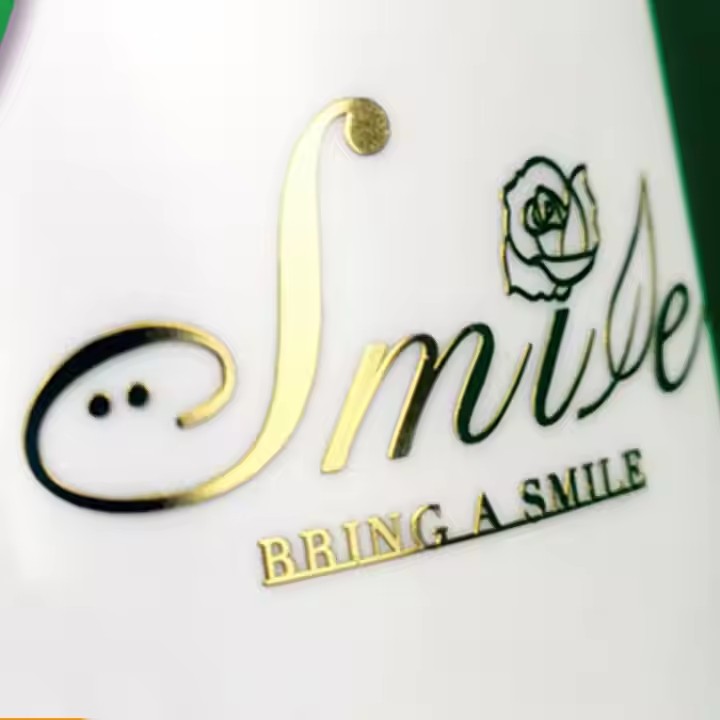
II. Optimization of Printing Process
- Ink Selection and Curing
Ink Type: Use inks with good durability, such as UV curing inks. UV inks can be quickly cured under ultraviolet irradiation to form a hard and wear-resistant ink layer. It has good chemical resistance, scratch resistance and fade resistance, and can ensure that the patterns and texts on the labels remain clear and complete during long-term use. For outdoor labels, weather-resistant inks can also be chosen. This kind of ink can resist the influence of environmental factors such as ultraviolet radiation, rainwater erosion and temperature changes, and effectively prevent ink fading and peeling.
Ink Curing Process: Besides choosing the appropriate ink, the curing process is also very important. Ensuring that the ink is fully cured can improve the durability of the label. For UV inks, parameters such as the intensity of ultraviolet lamps, irradiation time and distance should be adjusted well to make the monomers in the ink fully polymerize and form a high-quality ink film. If the curing is incomplete, the wear resistance, chemical resistance and other properties of the ink will be affected, and problems such as color fading and scratching are likely to occur.
Printing Quality Control
Printing Precision: High-precision printing can ensure that the edges of label patterns and texts are clear and complete, reducing the risk of label damage caused by ink accumulation or blurred printing. For example, when printing small texts or complex patterns, advanced printing equipment such as digital printing machines or high-precision flexographic printing machines can be used to accurately control the transfer and distribution of ink, so that the printing quality of labels is higher.
Multi-layer Printing: For some label contents that need special protection, such as anti-counterfeiting marks and important product information, multi-layer printing can be adopted. First, print a base color or a protective layer, and then print patterns and texts on it. This can increase the layering and protection performance of the label. For example, on food labels, first print a waterproof and moisture-proof transparent ink layer as the bottom layer, and then print product names, ingredients and other information, which can effectively prevent these contents from being damaged due to contact with water or other pollutants.
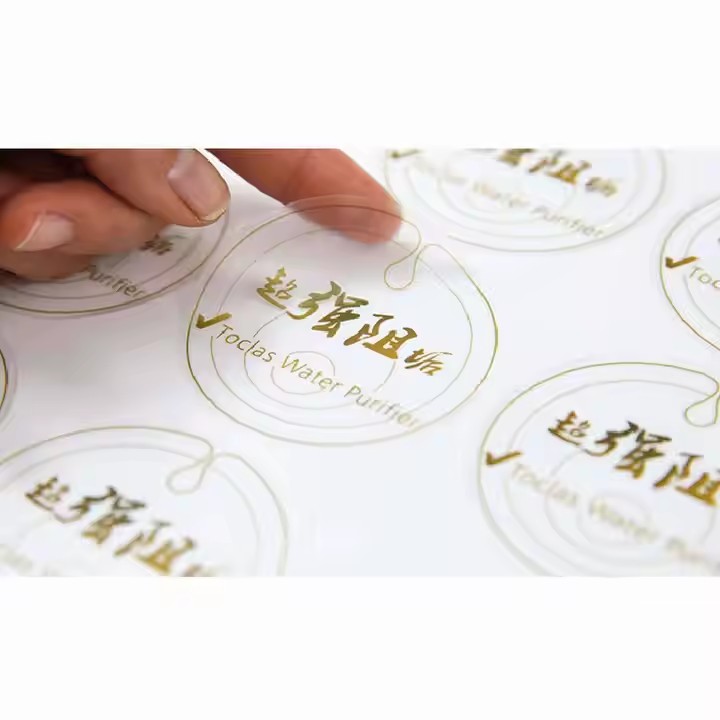
III. Post-processing
- Lamination Treatment
Glossy Film Lamination: Laminating a glossy film on the label surface can increase the glossiness and wear resistance of the label. The glossy film can protect the ink layer of the label and prevent it from being scratched or polluted. For example, for the product labels that need to be displayed on supermarket shelves, the laminated labels can maintain a good appearance during the process of customers frequently picking up the products, and the promotional information, brand logos and other contents on the labels will not be easily damaged.
